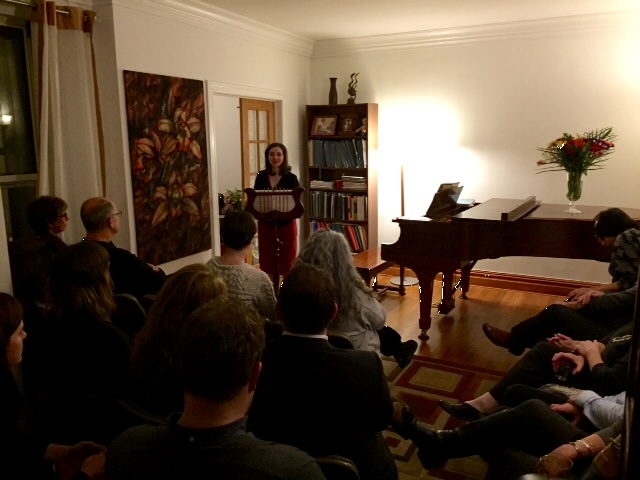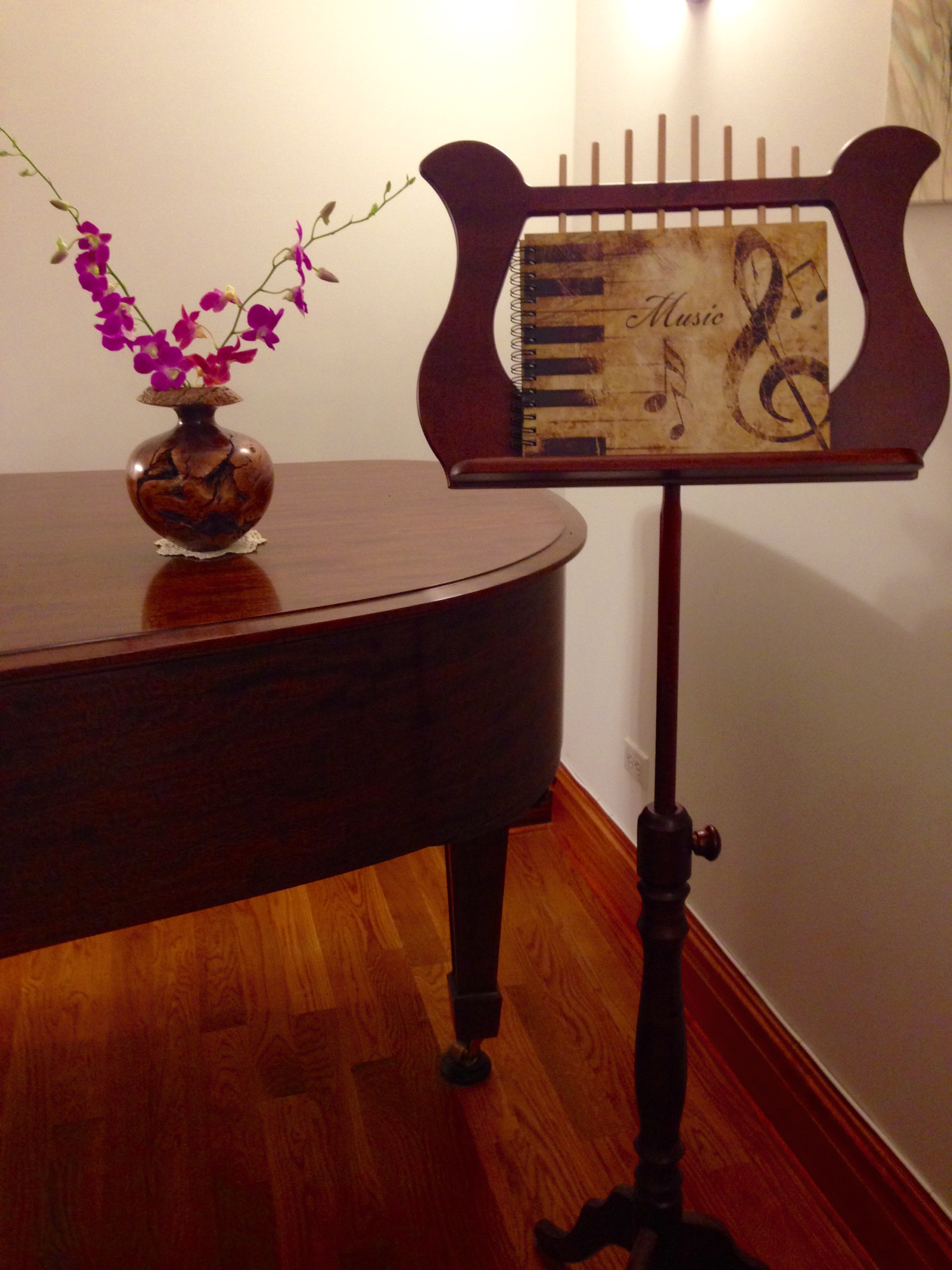The Art of Chaconne
In her thematic piano lecture-recital, Dr. Yelena Grinberg will explore the high Art of Chaconne – a slow, stately dance from the 18th century, which consists of multiple variations based on a reiterated harmonic pattern – in four great examples of this form, ranging from the Baroque period to the 20th century. Gubaidulina’s robust Chaconne (1962) was inspired by her life-long fascination with the Baroque genre as it reflects both the archaic sonorities and rhythms of J. S. Bach as well as her own, adventurously modern musical idiom. J. S. Bach’s Chaconne from the Partita no. 2 in D Minor for solo violin (1717-1723), in turn, served as an inspiration for Ferrucio Busoni’s transcription of this transcendental work for solo piano toward the end of the nineteenth century. Similar to the Chaconne, the Passacaglia – a musical form of the 17th and 18th centuries consisting of continuous variations on a ground bass – serves as the rapturous finale to Handel’s Keyboard Suite in G minor (1720). Handel’s highly emotive and elevated musical style, as witnessed in his Passacaglia, prompted Franz Liszt to pay homage to this Baroque genre in his inventive Paraphrase on Sarabande and Chaconne from Handel’s opera Almira for solo piano (1879) – a work that, coincidentally, bears uncanny similarities to Handel’s G-Minor Keyboard Suite and represents one of Liszt’s most beautiful and imaginative piano arrangements of a Baroque composition from his late period. – – Dr. Yelena Grinberg





